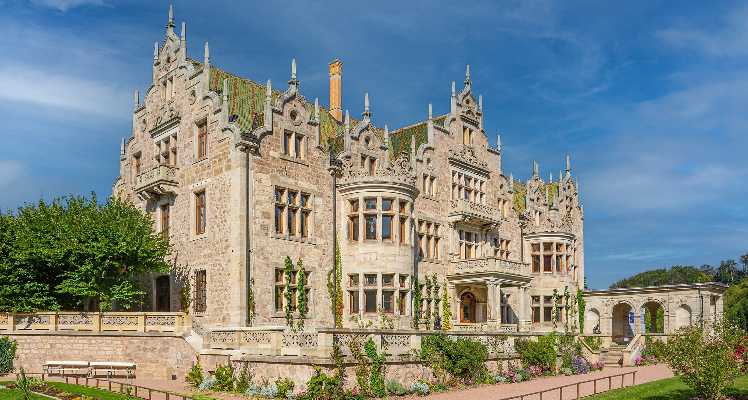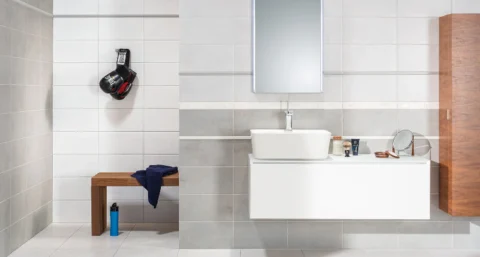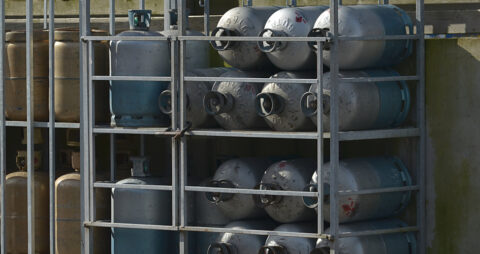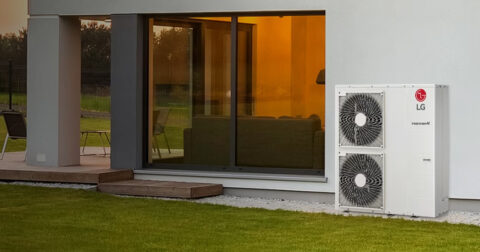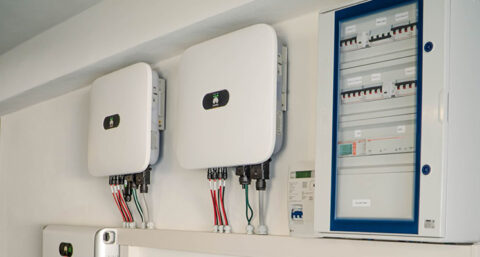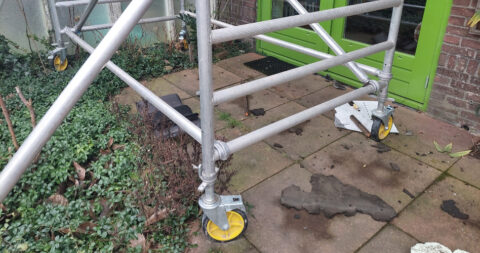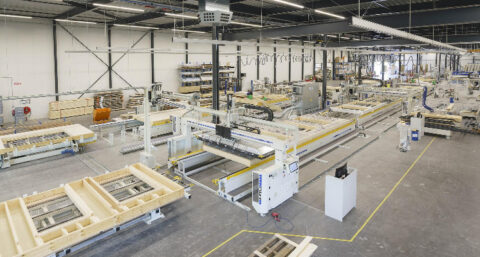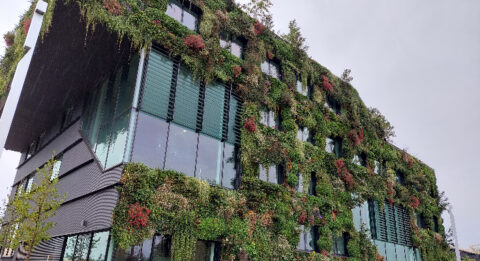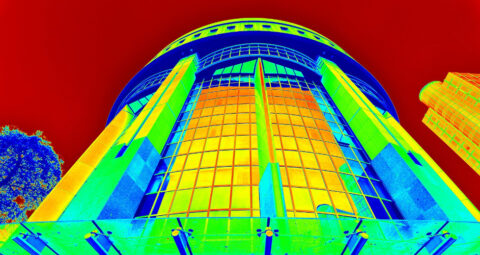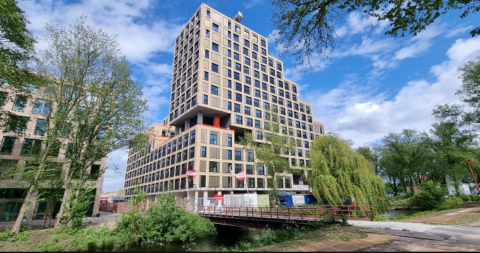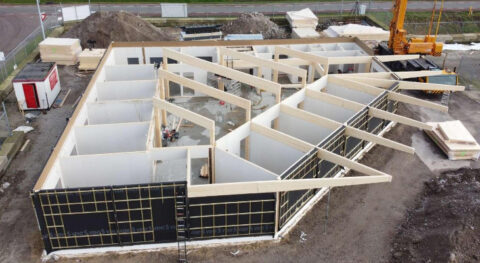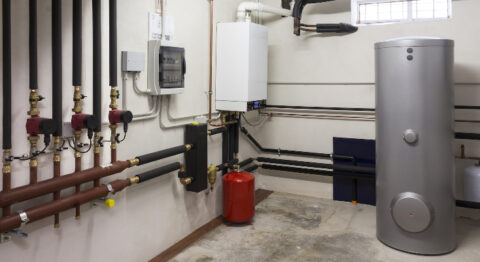It has not been on the market for very long, but has already proven itself in the meantime: vacuum glass. It insulates as well as triple glass but is only about 8 millimeters thick. That makes it excellent for use in places where triple glass is not possible or desirable. In monuments, for example, or in buildings that fall under a protected cityscape.
In monuments it is usually not possible to apply HR++ or triple glazing. In order to still improve the insulation value of the windows, insulating foil or double glazing is often chosen. Monument glass is also sometimes installed. There are several variants of this, but generally it is a single coated or laminated glass layer. There is also double glazing with a small cavity, but it is still always about an inch thick.
Four times thinner, three times lighter
New to the glass world is vacuum glass. This looks like single glass, but consists of two tempered glass layers. On one of these layers of glass is a coating that reflects heat. Between the glass layers is an air cavity of only 0.2 millimeters. The total of cavity and glass layers is usually 8 millimeters but 6 or 7 millimeters also exists. This makes it about four times thinner than triple glazing and also weighs only a third of HR++. Vacuum glass is sometimes reworked to make it look old. Because vacuum glass consists of two layers of glass and a cavity, its insulation value is higher. The degree of sound insulation is also very good. So it keeps heat in, and sound out.
Existing window frames
The biggest advantage of vacuum glass is that it is so thin. Therefore, even in old buildings, it almost always fits into the existing window frames. Monuments can thus be preserved, which immediately results in substantial savings on energy bills.
Applying vacuum glass in existing (monumental) window frames requires expert knowledge. Suppliers AGC Nederland, bengglas.nl and vacuum-glas.eu, among others, have a quality declaration and work with skilled glaziers who can install vacuum glass correctly. They proceed as follows. First, they remove the old glass from the rebates. Those rebates are primed with a special primer. Then they place the vacuum glass in the old rebates and glue them together, creating a 100% seal. Finally, the whole thing is finished with a modern substitute for putty. This looks the same as the putty from the time of the monument, but is highly resistant to heat and cold.
Because vacuum glass is lead-free and 100 percent recyclable, it is also a sustainable and circular (though relatively expensive) choice in new construction projects.
